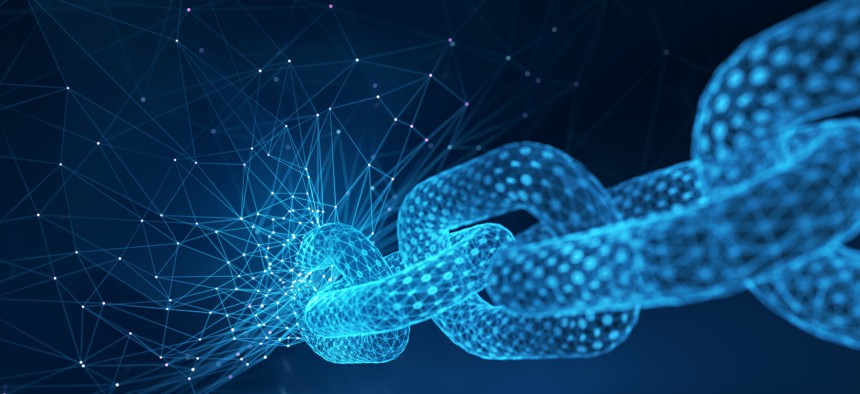In search of a more energy-efficient blockchain

Yuichiro Chino / Getty Images
Researchers have built a blockchain whose proof-of-work solves energy use optimization problems, possibly offsetting wasted compute power.
Researchers have proposed a way to make blockchains more energy efficient.
Rather than relying on bandwidth intensive proof-of-work calculations to verify blockchain transactions, the researchers suggest substituting equally difficult optimization calculations that could simultaneously help solve real-world problems.
Because solving optimization problems, like finding the shortest route for delivery drivers or minimizing the cost of feeding soldiers in the field, also involves significant calculation, the researchers hypothesized that worthwhile optimization problems might substitute for abstract proof-of-work calculations.
A blockchain based on this kind of proof-of-solution (PoSo) would essentially solve two problems at once. It would still allow transactions to be added to a blockchain, but solving optimization problems might offset wasted compute power, the energy researchers suggested.
In choosing an optimization problem, the researchers “opted for irony,” according to Ars Technica, which reported on the paper published in Nature Energy. They set up a problem related to the energy market, which is growing more complex as it decentralizes and as microgrids, battery storage, rooftop solar and other renewables are added to the mix. “The complexity of managing all that as a single, centralized grid is growing accordingly, so the researchers suggest that small sub-grids could self-manage through PoSo-based optimizations,” Ars reported.
The theory was tested with data from two small energy systems. At the University of Manchester, the researchers optimized for the best combination of power generation and electrical and heat storage. In Suzhou, China, they used a similar process to optimize solutions for distribution of electricity, heating and cooling.
Because it’s still a blockchain, the system still requires extensive calculations and verifications across multiple computers, but this solution attempts to mitigate some of the energy waste with traditional proof-of-work systems.
NEXT STORY: UAS network expands operational drone testing






